Rating 2012 So Far: Digital Camera Hits, Misses, and Mixed Bags
When a camera design or new feature works well for one camera company, the rest are sure to follow suit. Now that we’ve wrapped up the year’s first big announcement season, let’s take a look at the industry’s bright and not-so-bright ideas.
Products are chosen independently by our editors. Purchases made through our links may earn us a commission.
When a camera design or new feature works well for one camera company, the rest are sure to follow suit. Without fail, every trade show brings a wave of new cameras crammed with a similar set of new tech. Now that we’ve wrapped up the year’s first big announcement season, let’s take a look at the industry’s bright and not-so-bright ideas.
Zoom Ranges Keep Growing: Mixed Bag
If there’s one feature that keeps point-and-shoots ahead of smartphones, it’s optical zoom, and every big camera maker has at least one model with a huge zoom range.
Fujifilm, Panasonic, Samsung, and Nikon all sell cameras with double-digit zoom ratios for under $200. Travel zooms now regularly stretch to 20x and beyond. Nikon even makes a superzoom with a 42x zoom range.
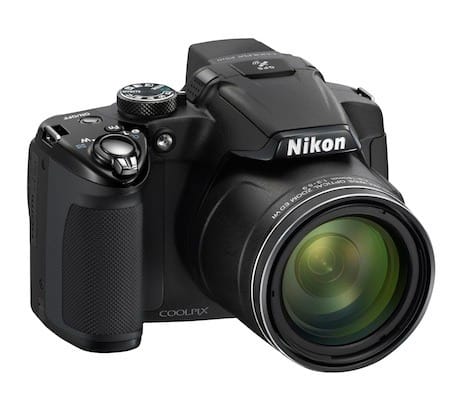
Making faraway objects look close is awesome. It’s a must-have feature for shooting sports from up in the bleachers, or snapping candid nature shots without spooking the wildlife.
That said, there’s usually a price to pay. We ran an article a few weeks ago about how resolution tends to decrease as zoom increases. It’s like the new megapixel: It’s a big number that’s easy to sell, and more is usually better—but too much can be a problem.
WiFi Is The Next “Hot” Feature: Meh
Smartphones can’t zoom, but they can share photos instantly and without any cords or cables. The camera industry has tried to make in-camera WiFi work before, but Canon, Samsung, and Kodak are doubling-down on the tech this year.
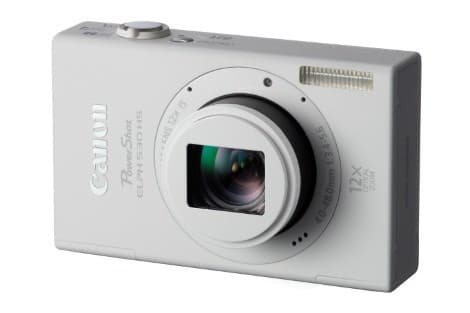
And it still probably won’t going to catch on. Wireless implementation needs to be seamless if compact cameras want to be nearly as convenient as a smartphone. WiFi is better than nothing (and automatic backup option should be great), but it’s still clunkier than a 3G or 4G data connection.
In-camera WiFi will receive the same lukewarm reception from consumers as in-camera GPS has: A few users won’t be able to live without it, but most of us will just pretend it isn’t even there.
Enthusiast Cameras Everywhere: Awesome
It’s a great time to be a photography dork. A few years ago, we were lucky to get more than a handful of new DSLRs from Canon, Nikon, Pentax, and Sony.
Now the whole industry is in on the enthusiast class. This calendar year alone, we’ve already heard about a half-dozen or so new enthusiast cameras.
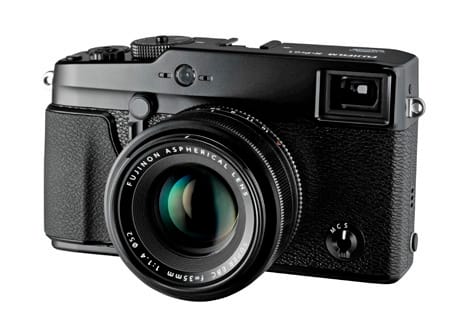
Olympus unveilved the OM-D E-M5. Panasonic announced the K-01. Nikon dropped two high-end, full-frame DSLRs in the D4 and D800. Fujifilm gave us the X-Pro1. Sigma re-launched their Foveon-based SD1 at a price that doesn’t make our eyes water, and threw in a couple of high-end prime compacts.
And that’s not even considering all last year’s cool cameras that are just now hitting the streets. We’re going to have a blast reviewing all of them.
Still Too Many Point-and-Shoots: Who Cares?
For all of the gloom and doom surrounding point-and-shoot sales—down as much as 30 percent in 2011, according to the grimmest estimates—production doesn’t seem to have slowed at all.
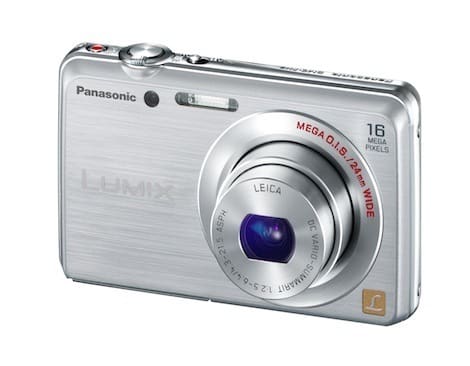
There’s room for a few low-end pocket cameras, but we don’t need every manufacturer to make three low-zoom, no-feature clones, no matter how cheap they are. Give it up!
The Megapixel War Endures: Epic Fail
We posted an article last month declaring that the megapixel war was over. Within two days, Sony announced a few 18-megapixel compact cameras, and last week, Nikon launched the 36-megapixel D800. Oops.
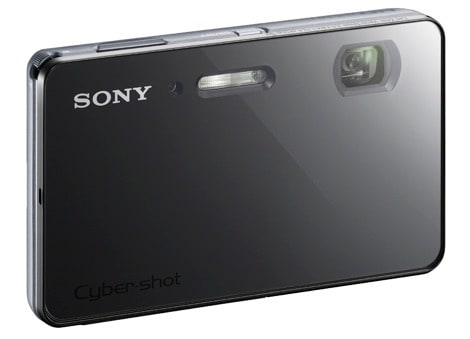
The megapixel myth is well documented at this point. More megapixels usually mean messier photos, especially in compact cameras. They also mean bigger files, so memory cards won’t hold as many shots, and the pictures are a hassle to upload and edit. We’re rolling our eyes at this one.
